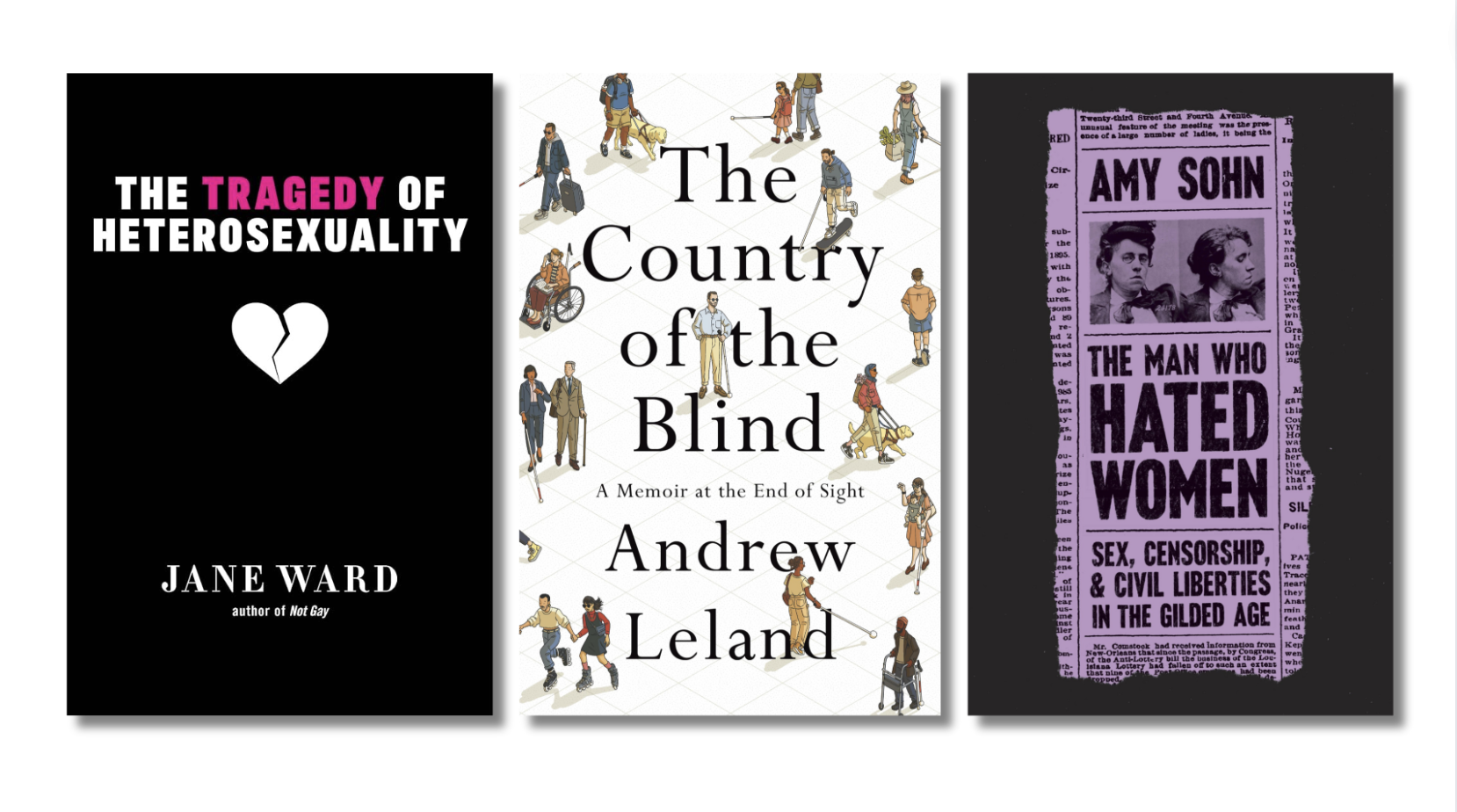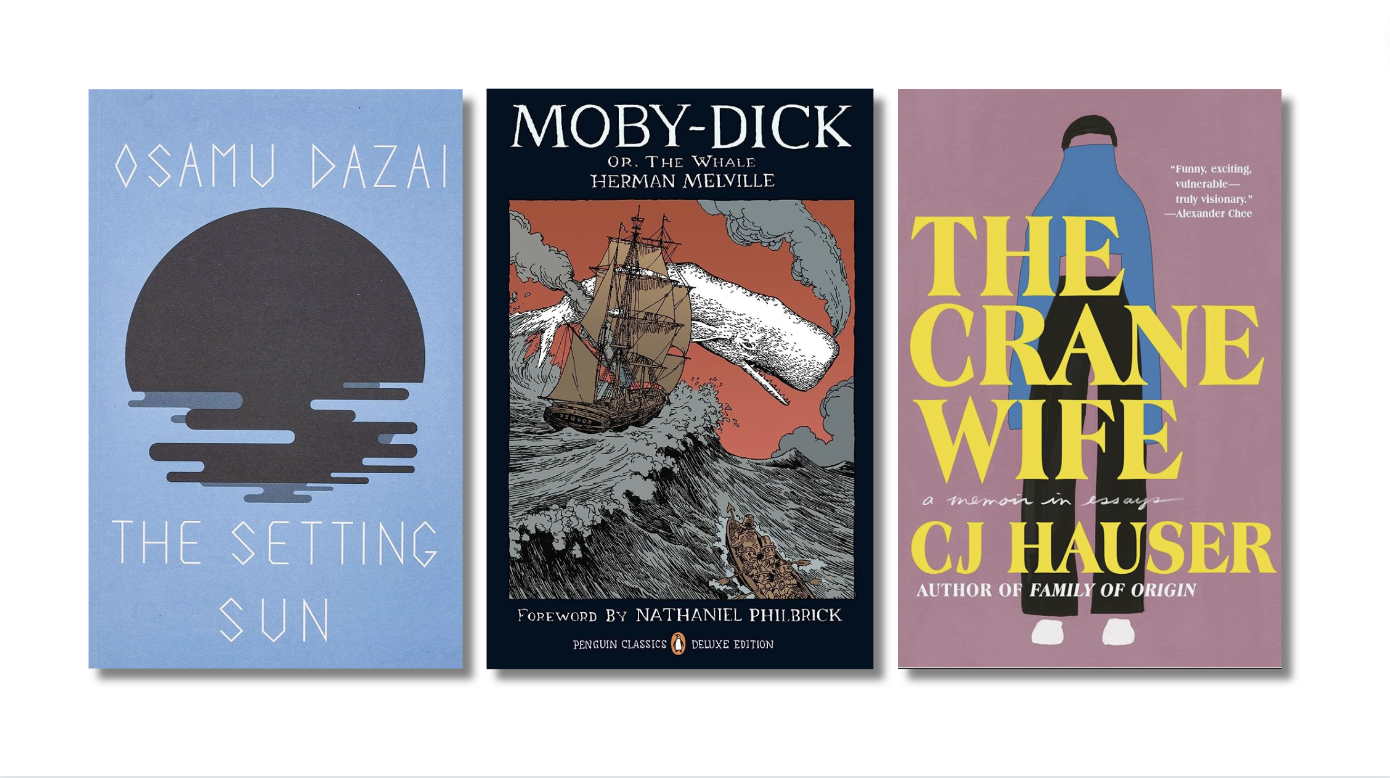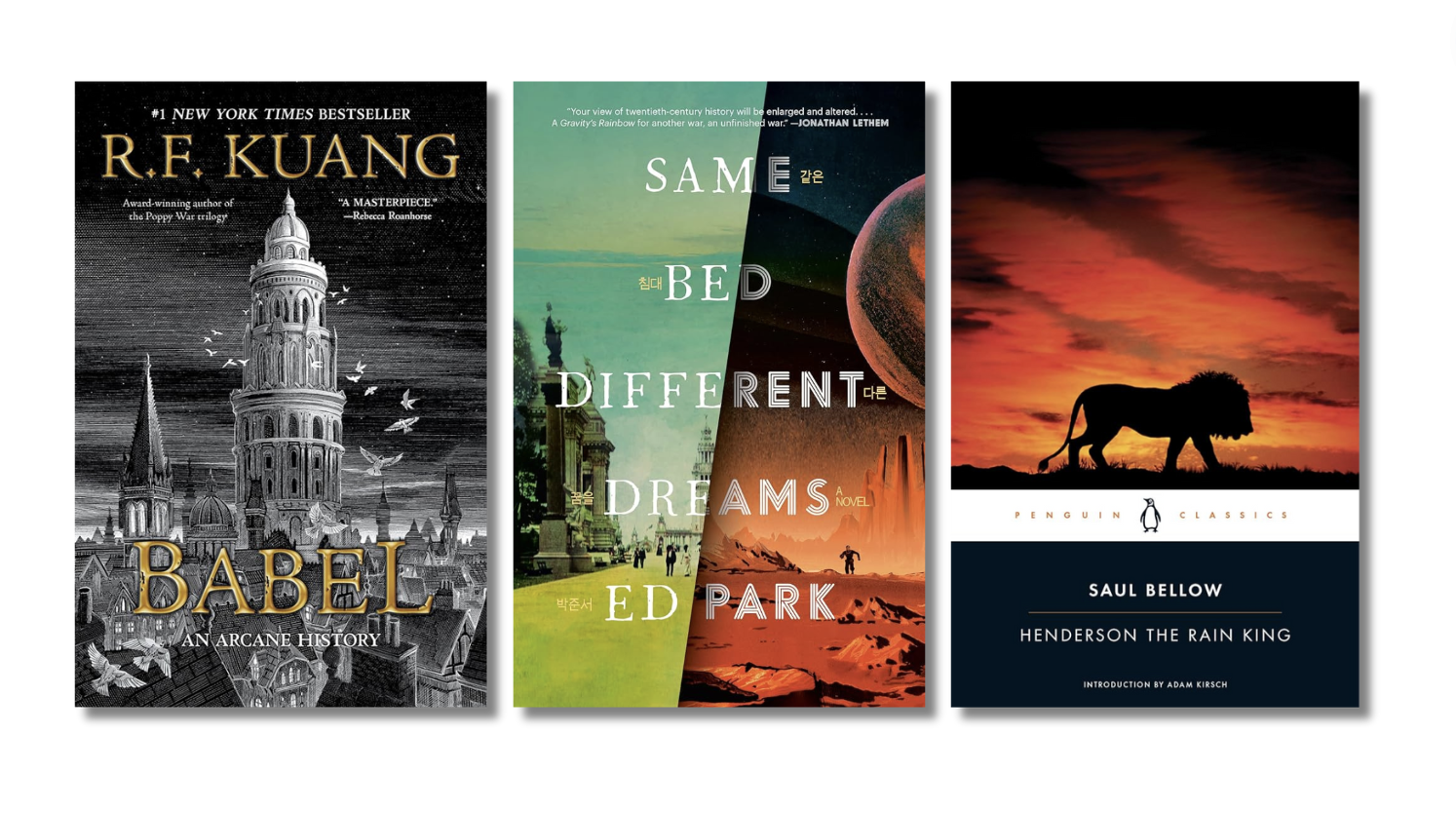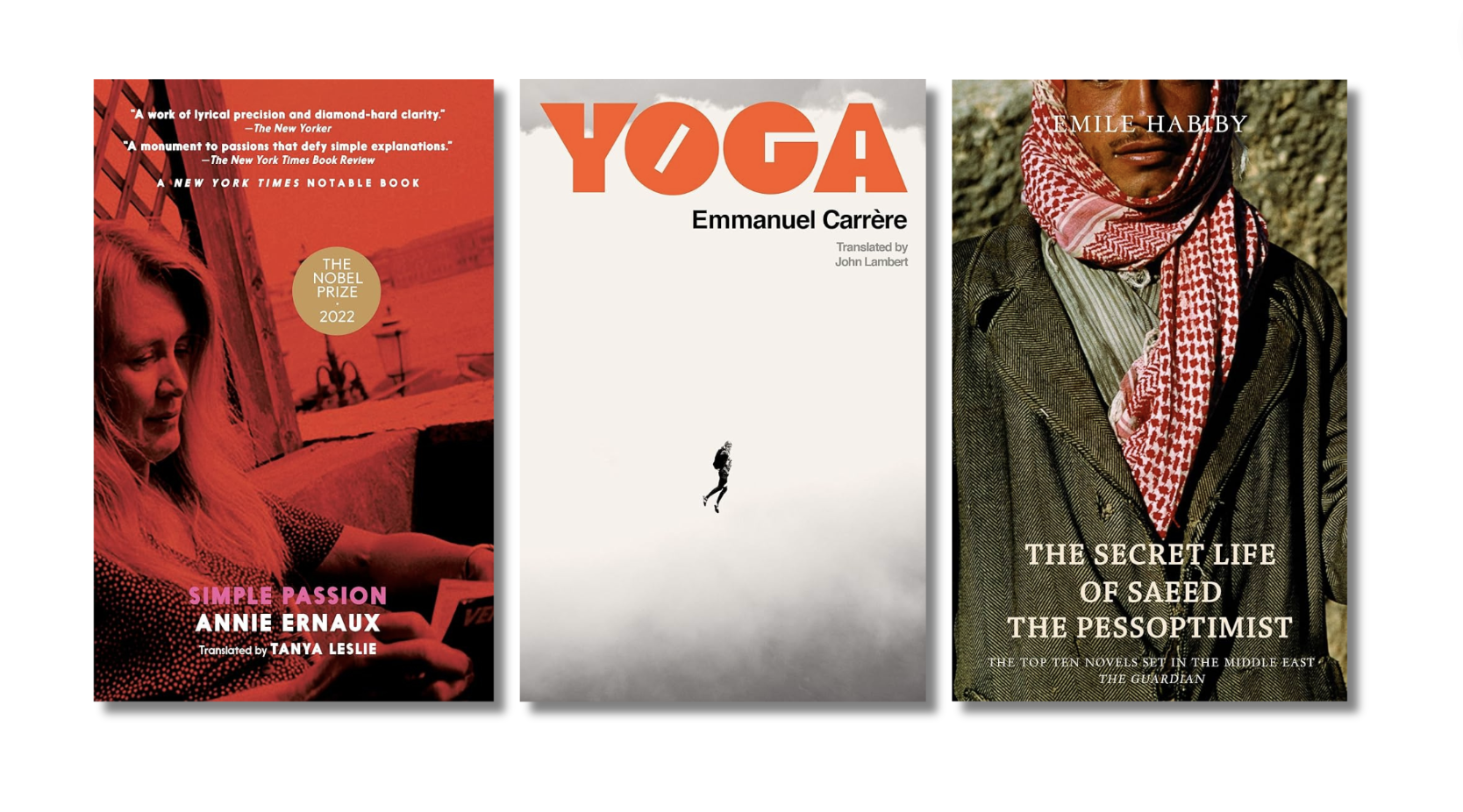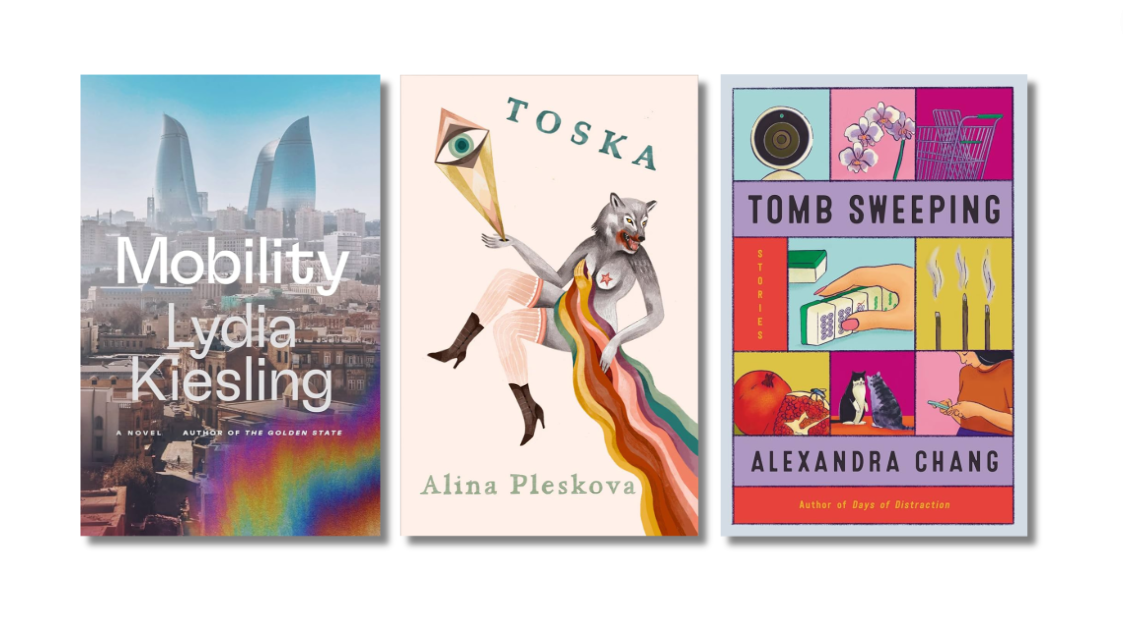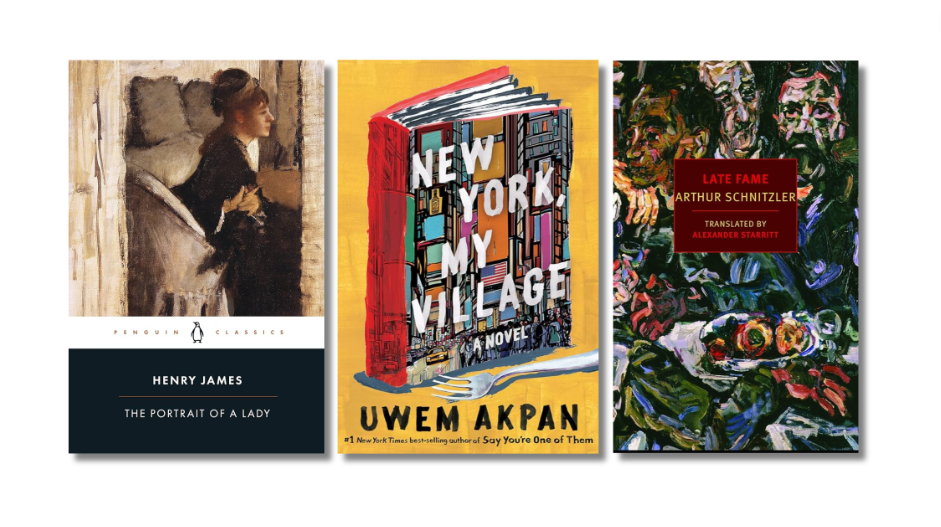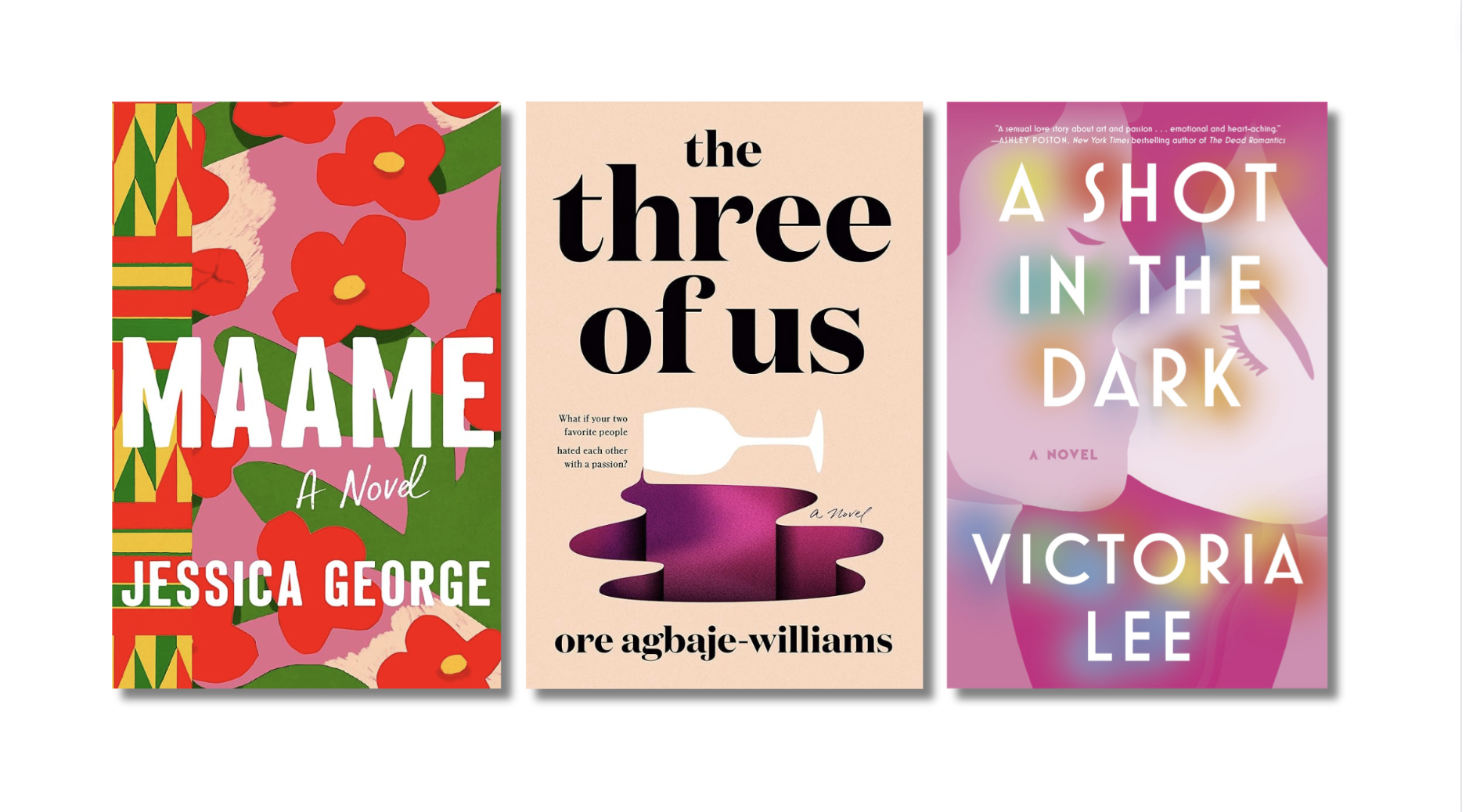 Hands down, the best book I read all year was Dancing in the Dark: A Cultural History of the Great Depression by CUNY professor Morris Dickstein. This fresh take on literature, film, photography and music exhibits Dickstein’s mastery of the Depression era’s cultural lodestones. He discusses the influences and intricacies of dozens of literary works, including those by John Dos Passos, Erskine Caldwell, Nathanael West, Richard Wright, Zora Neale Hurston, James T. Farrell, Clifford Odets, James Agee and others, which illustrated several general themes of 30s culture: discovery of the common man; loss of faith in the American system; adoption of communist, socialist or fascist poses; and rejection of the traditional success model that had seduced Americans since colonial times.
Hands down, the best book I read all year was Dancing in the Dark: A Cultural History of the Great Depression by CUNY professor Morris Dickstein. This fresh take on literature, film, photography and music exhibits Dickstein’s mastery of the Depression era’s cultural lodestones. He discusses the influences and intricacies of dozens of literary works, including those by John Dos Passos, Erskine Caldwell, Nathanael West, Richard Wright, Zora Neale Hurston, James T. Farrell, Clifford Odets, James Agee and others, which illustrated several general themes of 30s culture: discovery of the common man; loss of faith in the American system; adoption of communist, socialist or fascist poses; and rejection of the traditional success model that had seduced Americans since colonial times.
Dickstein also reawakens interest in several authors who are largely forgotten today, such as Michael Gold, author of Jews without Money. His discourse on Gold and the “proletarian novel,” which had a brief heyday in the early 1930s, explains how 30s writers returned to sociological subjects explored at the turn of the century by Theodore Dreiser and Stephen Crane and largely rejected their immediate modernist forbears like James Joyce and Gertrude Stein, who focused obsessively on inner psychology. (Dickstein acknowledges that William Faulkner’s work defies such easy categorization, combining dark psychological insights with devastating social portraits.) Emphasis on social criticism intensified throughout the decade, culminating in John Steinbeck’s The Grapes of Wrath, America’s greatest social protest novel. Dickstein is on less-solid footing when describing 30s film and music; calling backstage dramas like A Star Is Born cautionary tales about the perils of success is rather self-evident. But Dickstein makes interesting observations about pre-Code gangster movies starring James Cagney, Paul Muni and Edward G. Robinson, which he considers ironic takes on the Horatio Alger myth. Despite this reservation, Dancing in the Dark is a tour de force of criticism, hearkening readers to a not-very-distant time when writers, filmmakers, photographers and musicians concentrated less on ego and self-expression and more on equality and public spiritedness. It is a book that I found utterly engrossing, even unputdownable.
 The most interesting book I read in 2009 was an oddball compendium of poems, dialogues and anecdotes by C.A. Conrad titled Advanced Elvis Course. Much of the book describes the poet’s pilgrimage to Graceland, Mecca for Elvis Presley fans. Incidents from Elvis’ life, a tour of his private jet, reflections on his movies, excerpts from Priscilla Presley’s memoir, and, more seriously, a visit to Meditation Garden, his burial site, spawn writings that contemplate Elvis’ multiple dimensions. Many dwell, unsurprisingly, on Elvis’ sex appeal. In “More than Anything,” Conrad wishes he could obtain permission to “spend one night in His bedroom, next to His bed, / naked, dressed in a body condom, / imagining I’m his happy little sperm / … / blissfully shot from / His hardened, kingly shaft.” What makes Elvis Presley such an icon are the many interpretations to which he has been subject; he is so entangled in history and myth that he has become virtually unknowable. Conrad intuits this fact completely, and, like other Elvis watchers, he interprets Elvis in his own way. Conrad imagines Elvis through personal encounters with the man’s songs, history, residence and, not least, fan reaction. Conrad’s genre-defying book is a biography of sorts, telling the story of a simple but supremely talented Mississippi boy who left behind a complicated legacy that curiously endures in his followers’ collective memory.
The most interesting book I read in 2009 was an oddball compendium of poems, dialogues and anecdotes by C.A. Conrad titled Advanced Elvis Course. Much of the book describes the poet’s pilgrimage to Graceland, Mecca for Elvis Presley fans. Incidents from Elvis’ life, a tour of his private jet, reflections on his movies, excerpts from Priscilla Presley’s memoir, and, more seriously, a visit to Meditation Garden, his burial site, spawn writings that contemplate Elvis’ multiple dimensions. Many dwell, unsurprisingly, on Elvis’ sex appeal. In “More than Anything,” Conrad wishes he could obtain permission to “spend one night in His bedroom, next to His bed, / naked, dressed in a body condom, / imagining I’m his happy little sperm / … / blissfully shot from / His hardened, kingly shaft.” What makes Elvis Presley such an icon are the many interpretations to which he has been subject; he is so entangled in history and myth that he has become virtually unknowable. Conrad intuits this fact completely, and, like other Elvis watchers, he interprets Elvis in his own way. Conrad imagines Elvis through personal encounters with the man’s songs, history, residence and, not least, fan reaction. Conrad’s genre-defying book is a biography of sorts, telling the story of a simple but supremely talented Mississippi boy who left behind a complicated legacy that curiously endures in his followers’ collective memory.
 2009’s funnest book was The Worst Book I Ever Read, an anthology of writings from the Unbearables, a loose confederation of New York poets and writers, edited by Ron Kolm, et al. Several pieces consist of pointed criticisms of classic works or books by modern masters. For example, the Bible receives a harsh rebuke in “Holy Shit! My Gripes with the Bible” by John G. Rodwan, Jr., who calls it “[a]n awful book … a mishmash of so much balderdash that I can only think it is widely revered because it is hardly read.” One-time Unbearable and current Los Angeles Times books editor, David L. Ulin, tears into modern literature’s most sacred cow: “Ulysses is without a doubt the worst important book I’ve ever read,” he says, “a mess of arrogant self-indulgence that refuses to hang together, that has more to do with the ego of its author than with the organic urgency of its plot.” Contemporary authors of dubious merit or unwarranted reputation likewise receive withering abuse. “Joyce Carol Oates is more prolific than a brood sow,” declares Jessica Willis. “She’s always putting out something fat and new. But not new.” In a rant titled “Fuck You, David Sedaris,” Marvin J. Taylor denounces Sedaris’ shallowness, on exhibit in Me Talk Pretty One Day, which “at first appears naughty, but is not threatening, so the dull-minded listeners of NPR can feel self-satisfied that they are sufficiently hip and non-homophobic when they listen to the weaselly voice of Sedaris as he lisps his way through his turgid prose.” Lacking any pretense to civility, the book’s contributors let loose unsparing, profane invective against their targets. The Worst Book I Ever Read says things about authors and books that few readers would dare say out loud, let alone publish, defiantly and hilariously raising a middle finger at literary lameness and publishing torpor.
2009’s funnest book was The Worst Book I Ever Read, an anthology of writings from the Unbearables, a loose confederation of New York poets and writers, edited by Ron Kolm, et al. Several pieces consist of pointed criticisms of classic works or books by modern masters. For example, the Bible receives a harsh rebuke in “Holy Shit! My Gripes with the Bible” by John G. Rodwan, Jr., who calls it “[a]n awful book … a mishmash of so much balderdash that I can only think it is widely revered because it is hardly read.” One-time Unbearable and current Los Angeles Times books editor, David L. Ulin, tears into modern literature’s most sacred cow: “Ulysses is without a doubt the worst important book I’ve ever read,” he says, “a mess of arrogant self-indulgence that refuses to hang together, that has more to do with the ego of its author than with the organic urgency of its plot.” Contemporary authors of dubious merit or unwarranted reputation likewise receive withering abuse. “Joyce Carol Oates is more prolific than a brood sow,” declares Jessica Willis. “She’s always putting out something fat and new. But not new.” In a rant titled “Fuck You, David Sedaris,” Marvin J. Taylor denounces Sedaris’ shallowness, on exhibit in Me Talk Pretty One Day, which “at first appears naughty, but is not threatening, so the dull-minded listeners of NPR can feel self-satisfied that they are sufficiently hip and non-homophobic when they listen to the weaselly voice of Sedaris as he lisps his way through his turgid prose.” Lacking any pretense to civility, the book’s contributors let loose unsparing, profane invective against their targets. The Worst Book I Ever Read says things about authors and books that few readers would dare say out loud, let alone publish, defiantly and hilariously raising a middle finger at literary lameness and publishing torpor.






